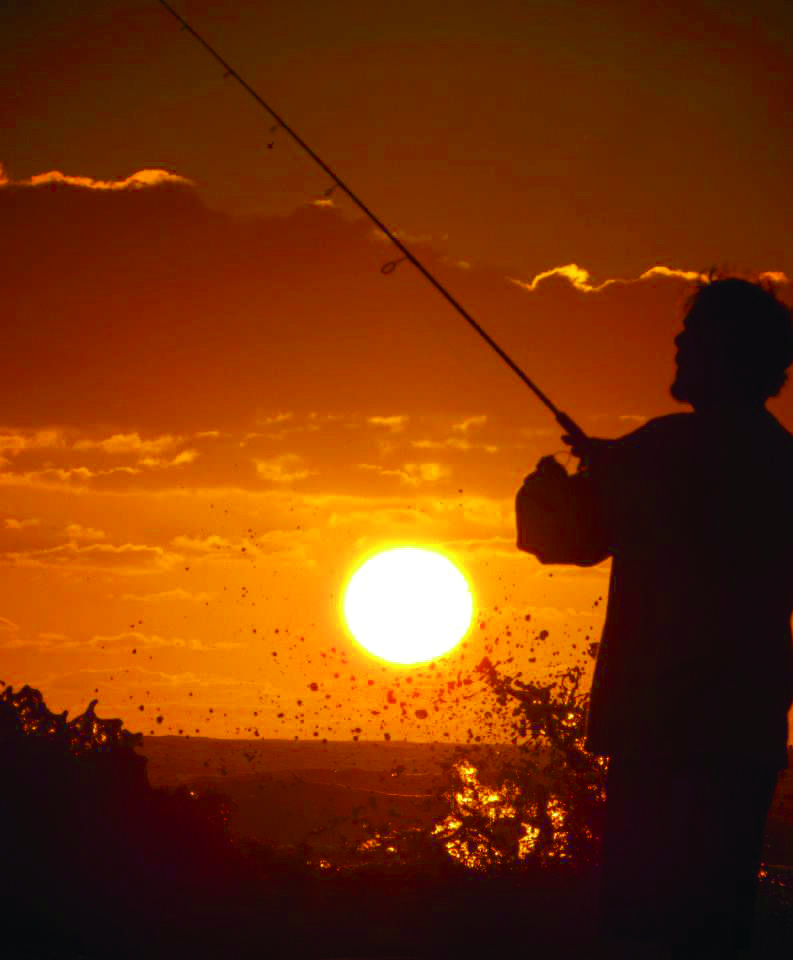The Beach
Rodney Smith
It is a place where we let the sand slip carelessly between our toes, while sunburns light up our noses. It’s a special home for sandpipers, terns, skimmers and pelicans that fly about overhead and along the water’s edge. The beach is the rare place where the sound of waves breaking and rolling to the shore and the smell of salt and decomposing sargassum can fuse in an uplifting way. If you are anything like me, a person who has a visible affection for water and all things connected, you love the beach. The beach is a revered place, a sanctuary for you and perhaps your family, a home away from home.
The concept of going to the beach is obscured for waterfolk; we live at the beach, and it is part of our lives 24/7. It is easy to see how God had both a geographical and a human purpose for the beach.
Beaches and their inshore waters are nursery grounds for numerous marine mammals, reptiles, birds and fish species. This is particularity true of those beaches lining Indian River Lagoon’s Atlantic Coast. Because of its size, species diversity and proximity to the Gulf Stream, the IRL Coast is Florida’s marine life epicenter, the heart of Florida’s very unique ecosystem, one made up of many habitats and smaller ecosystems.
The beach is also a place for retribution and restoration, a destination where we humans go to relieve ourselves of the perils of day-to-day life, a hiding place for urbanites to go to escape the concrete hell we all have contributed to. For this reason, at times the beach can be crowded, hot, dangerous, trashy, touristy, eroded, polluted, etc. But mostly the beach is a sanctuary the majority of us treasure.
Here at home in Florida, summer’s great migration of fish continued up and down both the east and west coasts and their beaches as they have for millennia. Shark, tarpon, mackerel, jack and snapper are a few of the better-recognized species chasing the huge schools of baitfish.
These larger fish feed on the summer migrations of menhaden, herring, anchovies, mullet, pilchards and other smaller fish. In search of an easy meal, snook and redfish of varying sizes roam both the surf and those other briny places where the Gulf of Mexico and Atlantic Ocean brush the shores.
For more information on Rodney Smith’s books, “Catching Made Easy” and “Enjoying Life on the Indian River Lagoon Coast,” his maps, how to book a class or to customize a fishing trip please visit HYPERLINK “http://rodneysmithmedia.com” \t “_blank” rodneysmithmedia.com.
July’s best days to fish: July 1-6, 8 & 9, 14 & 15, 23-25, 28-31
